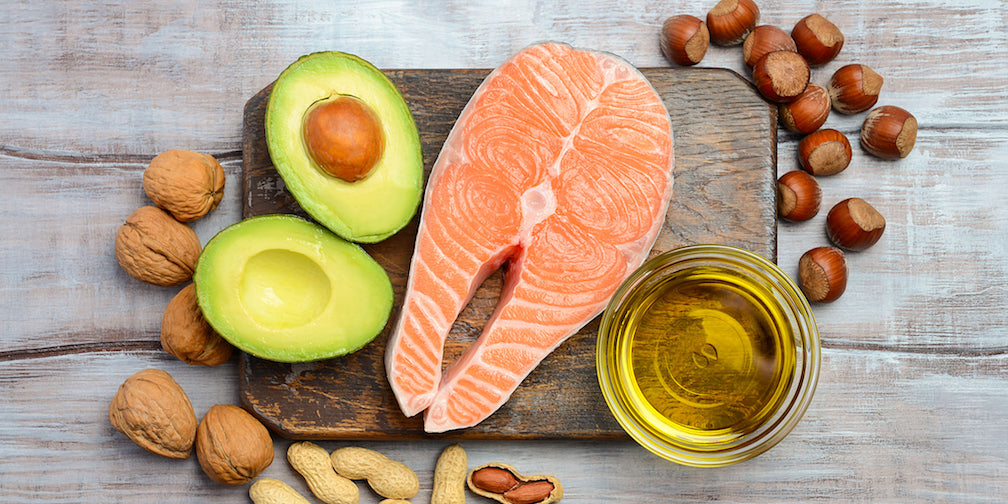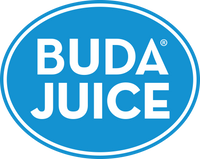
· By Luna Meschiari
The Difference between Healthy and Unhealthy Fats
Fats are necessary for our diet. Healthy fats are essential in a balanced diet. But we have to know how to differentiate between healthy and unhealthy ones in order to create this balance.
Currently, low-fat, reduced-fat and fat-free (lean) foods are among the most marketed and known as “the healthiest”. But are they?
Our body needs fat to survive. The healthy trinity for our bodies is composed by proteins, carbohydrates and fats. All three together provide the necessary energy for the body, in the form of calories. It also maintains healthy skin and hair, as well as offering an insulating effect on the body.
Fat also helps your body to absorb fat-soluble vitamins, such as vitamins A,D,E, and K.
However, fat can also lead to weight gain, and even obesity. Thus increasing the risk of diabetes, stroke, heart diseas, and even some types of cancer.
Whilst carbohydrates and protein provide 4 Kcal per gram, fat provides a full 9 Kcal per gram, which is more than the double. But not all fats are bad, and they are actually essential to your body.
A good way to understand what makes one fat be healthy and another one unhealthy is their composition. Every type of fat is made up of two fatty acids: saturated and unsaturated. They are then classified depending on the amount they contain of each.
Do you want to know more about it? Let's find out together!
Healthy Fats: Your Body's Best Ally!
Healthy fats can be classified as:
- Polyunsaturated fats & Omega-3 fatty acids
- Monounsaturated fats
Polyunsaturated fats are vegetable oils that remain liquid at room temperature. They lower total cholesterol and triglyceride levels in the blood. They reduce the risk of thrombus or clot formation.
Omega 3 is an essential polyunsaturated fatty acid. Essential means that our body cannot produce it by itself, so we must ingest it through foods to provide it to our cells. Omega-3 comes from marine origin and it is considered healthy for the heart.

Omega 3 has been proven to lower the level of triglycerides and cholesterol. As well as helping to prevent blood clots. Good sources are fatty fish, especially salmon, halibut / buttery fish, mackerel, tuna, sardines, largemouth bass, herring, pompano, and lake trout. Eat fish 2 to 3 times a week for a healthy diet.
If you are a vegetarian, here are some sources of omega 3 fatty acids: walnuts, soy beans, flax seeds, canola oil, and soy products; however, vegetarian sources may not be as effective.

Monounsaturated fats are vegetable oils that are also liquid at room temperature. Like olive oil and derivatives, avocados, peanut oil.
Replacing saturated fat in your diet with monounsaturated fat can help lower "bad" LDL cholesterol without lowering "good" HDL cholesterol.

Now that we talked about the fats that WE CAN EAT, we will move on to the less recommended ones.
Saturated Fats: Are they the Enemy?
Saturated fats are also called the "bad" type.
They are found mainly in meat and other products of animal origin. Like butter, cheese, and milk.
Saturated fats are also found in liquid form in palm and coconut oils. Which are often used in bakery products available in the supermarket. At the moment a great world campaign has been created against palm oil, considered very bad for health and the environment.
However, even though Coconut Oil is Saturated, it's absolutely NOT our enemy. Want to know why? We'll soon publish an entire article about this amazing saturated fat!

Trans Fats: Why should we avoid them at all costs?
Considered the worst type of dietary fat, they are found naturally in small amounts in some animal products. Like red meat, cheese and whole milk. But most trans fats are of synthetic origin. Like fried foods and industrial pastries.
These fats are simply liquid oils turned into solid fats during food processing.
If you find a container that says "hydrogenated" or "partially hydrogenated" oils in an ingredient list, we recommend that you do not consume them. That food contains trans fat. Even if the Nutrition Facts label says "0 grams."

In conclusion, we should consume healthy fats in our diet. But how much fat can our body intake? The amount of fats allowed in a diet should be around 30% healthy fats. Saturated fat should not exceed 10%. And avoid trans fats as much as possible.
Remember that to stay healthy inside out, you should:
- Stop using butters and start using olive oil
- Freeze plain yoghurt instead of ice cream and top with your favorite healthy toppings
- Use the grill or oven and not the frier.
- Eat lean meats instead of high-fat meats.
- Eat nuts instead of doughnuts.
Follow us for more recipes and healthy lifestyles!
